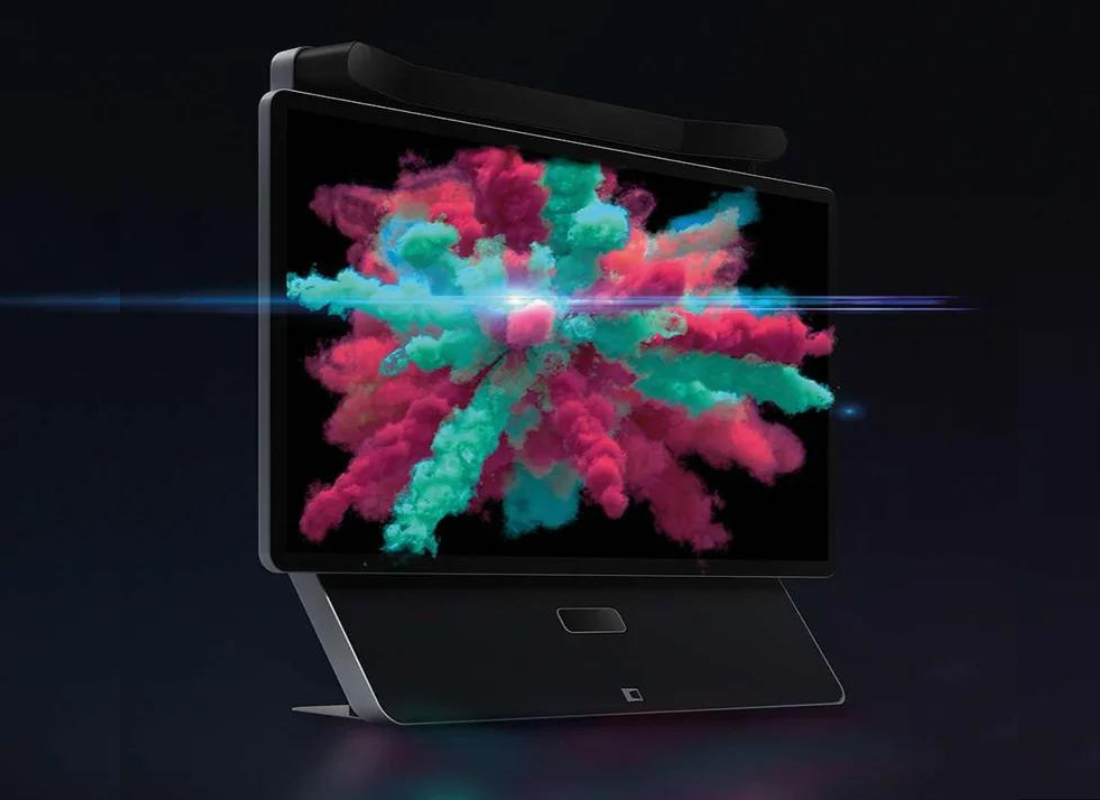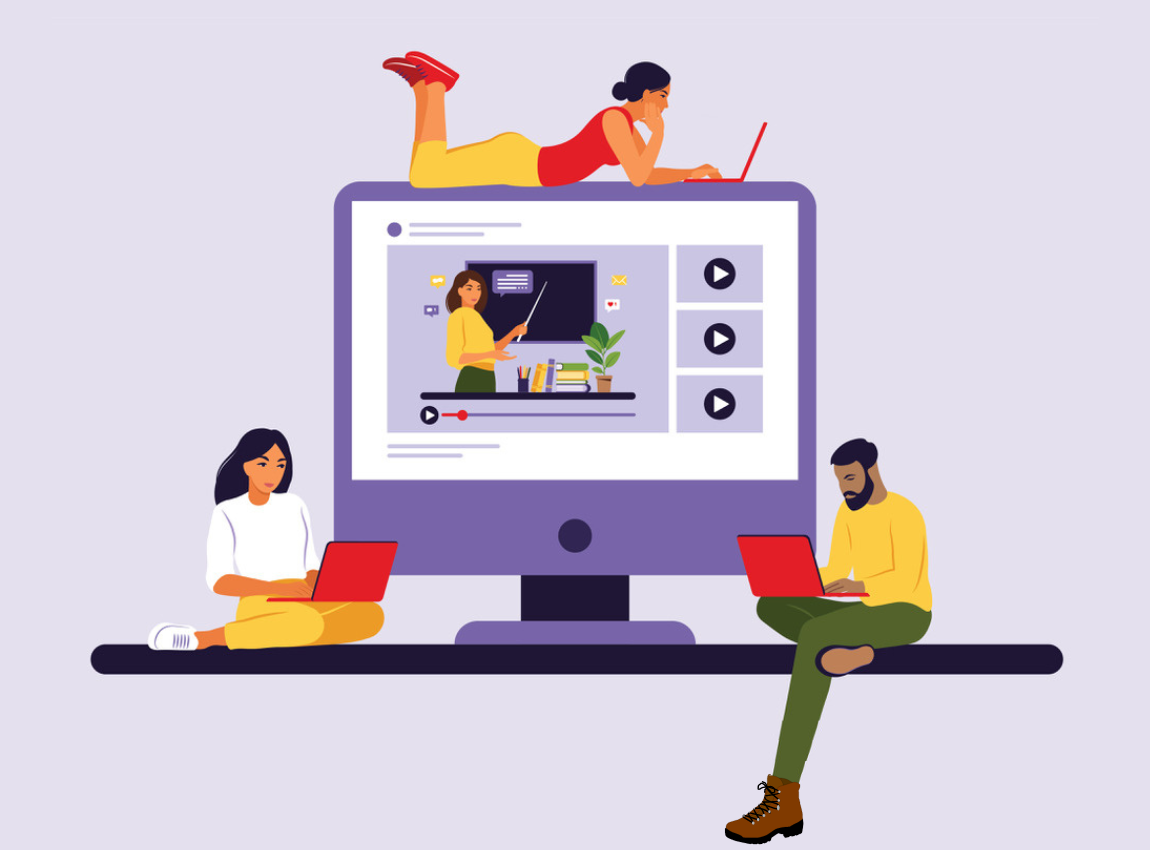IT companies can redefine their office layout by transforming workspaces for a futuristic outlook. This is pretty true because the way we work is constantly changing. Technological advances and changes in working models are leading to new trends in office design and work organization. Some of the biggest futuristic office trends will continue to focus on innovative hybrid work models.
Sustainability in the office, the 4-day week, employee well-being, and a paperless office will also continue to play an important role. In the fast-paced world of technology, where change is constant, the physical setting where people work is crucial in driving innovation, efficiency, and employee satisfaction. Technology firms at the forefront of advancements are taking some notes.
They realize that the office is more than a workplace—it’s a vital tool for attracting top talent, fostering creativity, and enhancing well-being. A designed office goes beyond looks by incorporating elements, like indoor plants, that improve aesthetics and provide environmental benefits, creating a workspace that boosts productivity and supports employees’ mental and physical health.
This concentration of enterprise digital resources into a single virtual location simplifies management through a single cloud-based console while offering users a secure remote access experience to company-owned and BYOD devices that serve the unit. This article will explore how tech companies can prepare their offices by prioritizing sustainability, wellness, and flexibility.
Transforming Workspaces: Redefining Futuristic IT Companies Office Design
On the one hand, a digital workspace is a technology framework that manages and centrally controls the elements of an organization’s IT assets, including applications, data, and endpoints. On the other hand, a digital workspace also provides anytime, anywhere, any device access to applications for users, whether those applications reside on-premises or on one or more clouds.
As mentioned, by transforming workspaces, IT Companies can redefine their offices for the future. From workstations to meeting rooms, it’s essential to have community areas that promote a sense of belonging and friendship among employees. These spaces can include breakout zones with comfortable seating or communal kitchens and cafes where staff can gather for casual chats.
It can also act as a common ground for shared meals. They offer opportunities for socializing, collaborating, forming relationships, strengthening team bonds, and fostering a work environment. By focusing on designing and transforming workspaces, IT companies can cultivate a collaborative community within their workplace.
In the tech sector, innovation often thrives in settings where ideas can flow freely and spontaneously. While formal meeting rooms are essential, incorporating gathering spots with seating, easy access to power outlets, and interactive technology can encourage open communication and nurture an environment of transparency. Let’s explore other futuristic IT firm’s office design ideas.
1. Embracing Versatility
In today’s tech industry landscape, change is constant. Projects shift direction and technologies progress rapidly. Teams grow swiftly. An adaptable office layout enables adjustments to accommodate these shifts. For example, modular furniture allows reconfiguration to create areas or quiet corners as required without significant disruption or cost. Movable partitions can change a space into private meeting areas or individual work zones, providing a practical solution for privacy requirements. The main aim is to establish a workspace that reflects the nature of the tech industry, allowing employees to work in their preferred manner and location, thereby boosting satisfaction and productivity.
2. Emphasizing Well Being
The link between employee well-being and job performance is well established. An office that values wellness has the potential to enhance employee productivity and contentment significantly. Besides, using furniture that promotes health factors, such as maximizing natural light, is crucial in influencing mood and vitality levels. Realistically, simple indoor plants serve a purpose in this setting; they add a pleasant touch of nature to the workspace and enhance air quality by absorbing toxins and releasing oxygen, creating a healthier atmosphere for all. By incorporating features that support both mental well being a company demonstrates its dedication to the health of its employees.
3. Embracing Technological Integration
As pioneers of advancement, IT firms are expected to set the standard for utilizing technology in their workplace. Innovative office technologies like automated climate control, intelligent lighting systems, and cutting-edge conferencing tools do not boost efficiency and comfort in the workplace. Also, showcase the company’s technological prowess. Moreover, these technologies can bolster security, streamline operations, and provide insights on space utilization to optimize the work environment continually. Integrating state-of-the-art technology in office design cultivates an atmosphere of innovation. Lays the groundwork for progress.
4. Promoting Workspace Openness
Transparency within an organization nurtures trust. Encourages dialogue essential for collaboration and creativity. Designing office spaces with openness in mind—utilizing glass walls for meeting rooms and open layouts in work areas—can help foster this environment. Such architectural plans do not support a feeling of inclusiveness and accessibility. Also, natural light fills the room, making it a more cheerful and welcoming space. It’s crucial to strike a balance by including areas and private booths for work or confidential discussions, ensuring that the emphasis on transparency doesn’t overshadow individual work preferences.
5. Integrating Biophilic Design
Biophilic design is rooted in the idea that humans are connected to nature and that including elements in building spaces can positively affect health and well-being. IT workplaces can establish a more pleasant and efficient working environment by incorporating elements like plants, natural wood finishes, water features, and maximizing views. These features enhance the area’s aesthetics, help reduce stress levels, boost performance, and foster greater creativity and innovation. Transforming workspaces into a living ecosystem, a sterile office setting can elevate the employee experience by creating an environment where people genuinely enjoy being.
6. Reflecting Organizational Culture
The layout of an office serves as a representation of a company’s values and beliefs. In designing an office, it’s crucial to ensure that every aspect, from the layout to the materials and decorations chosen, reflects the organization’s values and identity. For instance, a company known for its creativity and innovation might choose colors and unique furniture arrangements. In contrast, a sustainability-focused company would prioritize eco-materials and energy-efficient design. By incorporating custom artwork, branded signs, and other visual elements that align with the company’s brand identity, employees can feel connected to their workplace. This thoughtful approach creates a work environment that boosts employee engagement and loyalty.
7. Promoting Diversity And Inclusion
Encouraging diversity and inclusion is essential in fostering creativity within an organization and empowering an innovative environment. Office design promotes these values by ensuring spaces are accessible and welcoming to all individuals. Features like desks for varying needs, gender-neutral bathrooms, or designated rooms for prayer or meditation showcase a commitment to inclusivity where every employee feels appreciated. By embracing diversity through design choices, IT companies can leverage the talents of their workforce to drive progress and achieve success.
8. Prioritizing Sound Comfort In Design
Managing noise levels is vital to maintaining productivity and focus in an open office setting that encourages collaboration. Designing with comfort in consideration involves using absorbing materials like acoustic panels or ceiling tiles to reduce reverberation and limit distractions caused by noise. Moreover, arranging furniture and incorporating partitions can help create quieter work areas while preserving the workspace’s overall openness. By addressing issues during the design stage, IT companies can establish a comfortable and conducive work atmosphere for their employees.
9. Supporting Employee Well-Being
Striking a balance between work responsibilities and personal life is crucial for ensuring employee happiness and overall well-being. Office layout can help achieve this equilibrium by providing facilities that promote relaxation and rejuvenation during breaks or after work. This might involve designated areas for meditation or unwinding fitness amenities, wellness spaces for workouts or yoga sessions, and recreational zones for games or leisure pursuits. By offering staff opportunities to recharge and de-stress within the workplace, tech firms can foster a culture of work-life balance that boosts employee satisfaction and performance.
10. Embracing Sustainability Models
As guardians of technology and progress, tech companies are responsible for reducing their impact and advocating sustainability. Office design can affect this endeavor by incorporating eco materials, energy-efficient lighting, HVAC systems, and sustainability initiatives like recycling and composting. Moreover, integrating biophilic design features such as plants enhances visual appeal and contributes to better air quality and overall sustainability. By prioritizing sustainability in office design, tech companies can showcase their dedication to stewardship while crafting more inspiring work environments for their staff.
Summary Thoughts:
To sum up, the evolution of office spaces for tech companies transcends appearance—it’s about establishing settings for innovation, teamwork, well-being, and organizational ethos. Being adaptable, promoting teamwork, valuing well-being, incorporating technology, fostering openness, integrating elements of nature, and reflecting the company’s values are essential.
As a result, IT firms can design work environments that cater to the workforce’s needs and adjust to the evolving demands of tomorrow. Indoor plants, a component of nature-inspired design, improve the overall office environment by bringing a touch of the outdoors inside and creating a healthier and more efficient workspace.
Areas designed for interactions, like coffee corners or recreational spaces, can also spark thoughts and strengthen team cohesion. By prioritizing collaboration in their design approach, IT firms can build an environment where ideas blossom, and innovation becomes a part of daily operations.
Regarding transforming workspaces, as IT companies progress and innovate, their office settings should also progress alongside them as centers for creativity, efficiency, and employee contentment. With that in mind, through planning and design considerations, future offices can become spaces where employees excel, ideas thrive, and businesses prosper.




